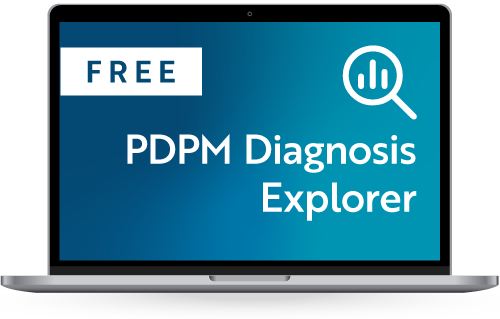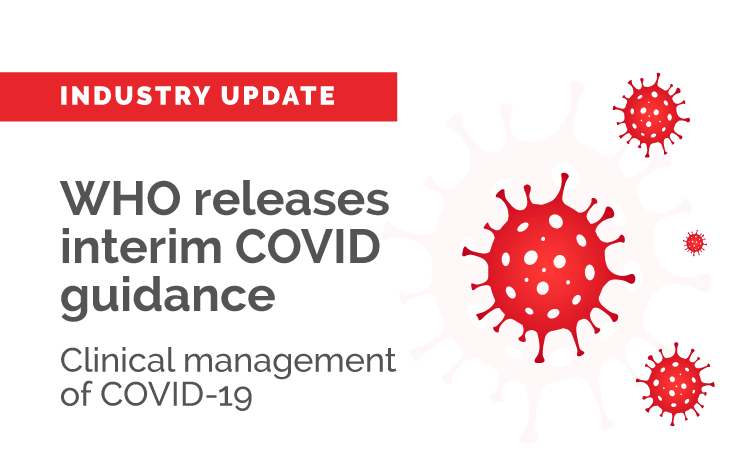On May 27, 2020, the World Health Organization released an Interim Guidance: Clinical Management of COVID-19. This is a 62-page document and it is the 3rd edition (v1.3).
“This guidance document is intended for clinicians caring for COVID-19 patients during all phases of their disease (i.e. screening to discharge). This update has been expanded to meet the needs of front-line clinicians and promotes a multi-disciplinary approach to care for patients with COVID-19, including those with mild, moderate, severe, and critical disease. The following sections are entirely new: COVID-19 care pathway, treatment of acute and chronic infections, management of neurological and mental manifestations, noncommunicable diseases, rehabilitation, palliative care, ethical principles, and reporting of death; while previous chapters have also been significantly expanded.”
This guidance has been significantly expanded to meet the needs of front-line clinicians caring for patients with COVID-19 to ensure quality care. The following sections are entirely new: COVID-19 care pathway, treatment of acute and chronic infections, management of neurological and mental manifestations, noncommunicable diseases, rehabilitation, palliative care, ethical principles and reporting of death. The remaining sections have been substantially expanded. Though not intended to be an exhaustive list, the following bullets highlight some key changes:
- Discontinue transmission-based precautions (including isolation) and release from the COVID-19 care pathway: For symptomatic patients: 10 days after symptom onset, plus at least 3 days without symptoms (without fever and respiratory symptoms).
- Treatment of acute co-infections: For suspected or confirmed mild COVID-19, against the use of antibiotic therapy or prophylaxis. For suspected or confirmed moderate COVID-19, that antibiotics should not be prescribed unless there is clinical suspicion of a bacterial infection.
- Prevention of complications: In patients (adults and adolescents) hospitalized with COVID-19, use pharmacological prophylaxis, such as low molecular weight heparin (e.g. enoxaparin), according to local and international standards, to prevent venous thromboembolism, when not contraindicated. For those with contraindications, use mechanical prophylaxis (intermittent pneumatic compression devices).
And, importantly, key previous recommendations that remain are:
- Antivirals, immunomodulators and other adjunctive therapies: WHO recommends that the listed drugs not be administered as treatment or prophylaxis for COVID-19, outside the context of clinical trials.
- Corticosteroids and COVID-19: WHO recommends against the routine use of systemic corticosteroids for treatment of viral pneumonia.
The guidance was developed by a multidisciplinary panel of health care providers with experience in the clinical management of patients with COVID-19 and other viral infections, including severe acute respiratory virus (SARS) and Middle East respiratory virus (MERS), as well as sepsis and acute respiratory distress syndrome (ARDS), this guidance should serve as a foundation for optimized clinical care to ensure the best possible chance for survival. The guidance stresses the importance of using investigational therapeutic interventions as part of randomized controlled trials (RCTs) (2-4). For queries, please email: EDCARN@who.int with “COVID-19 clinical question” in the subject line.

Want to keep up with the changing COVID-19 situation in skilled nursing?




